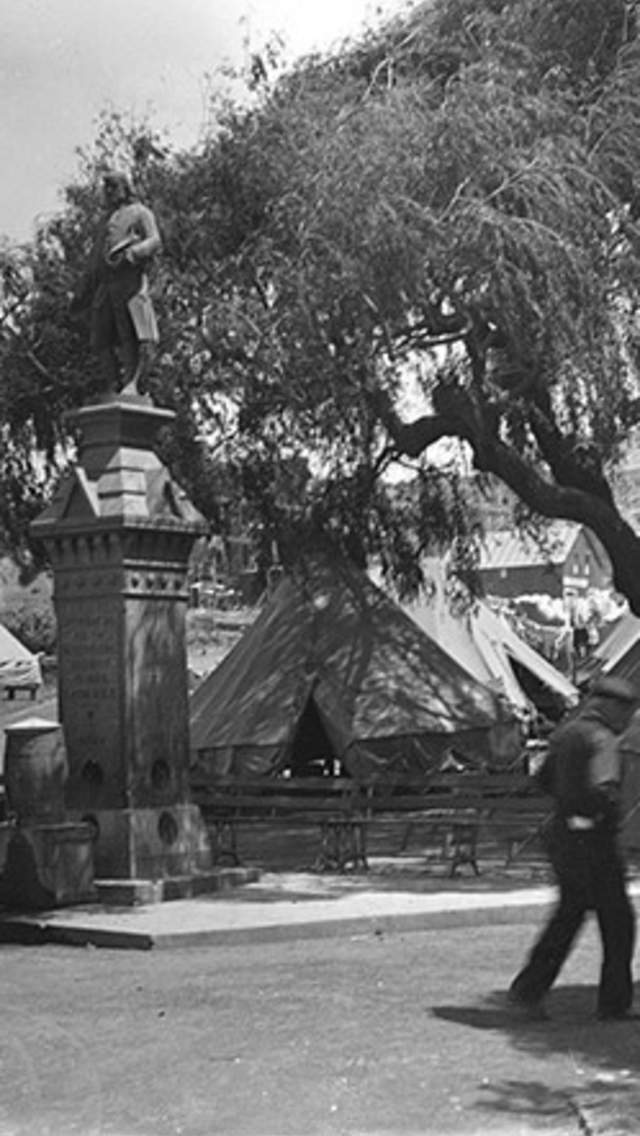Washington Square
(1847-Present)
Filbert St & Stockton St
Washington Square “Il Giardino”, the Italians called it the Garden was established in 1847 and is one of the city's first parks.
In the early19th century, the area was used by the Mexican rancher Juan Briones to grow potatoes and raise cattle, before it was designated in a city square in 1847 when surveyor Jasper O’Farrell laid out San Francisco's street grid. 1850, the first mayor of San Francisco, John W. Geary, declared the land a public square. It was first cultivated by prisoners, who graded the land and watered the grass. But in the early 1850s, it became a haphazard cemetery and a goat pasture.
By the 1860s, it hosted Fourth of July celebrations, and later Italian festivals.
Originally, it was a complete rectangle, all the way to Powell Street But in 1873–1875, the City built Columbus Avenue, then known as Montgomery, cutting through the Square. The avenue was built, evidently, because of the business and banking interests in the Financial District wanted greater interaction with the “new immigrant, Italian” wealth in North Beach, which was isolated, geographically, by the hills, the Barbary Coast, and Chinatown.
Washington Square was a place of refuge for many fires on Telegraph Hill, notably in 1894 and 1901. It was home for a year for some 600 people who lived in wooden barracks and Army tents after the 1906 earthquake and fire.
In the 1950s, a coalition of community groups, the Committee to Beautify Washington Square, spearheaded the effort to redesign the square, eliminating the paths that criss-crossed the park. Landscape architects Francis McCarthy and Douglas Baylis put Lombardy Poplar trees in the center of a grassy expanse encircled by paths lined with benches, the configuration we have today. In 1958, the city tried to solve the parking problem by putting a parking garage under the square, a plan that was defeated then but resurfaced periodically until the park was granted City of San Francisco landmark status in 2000.




